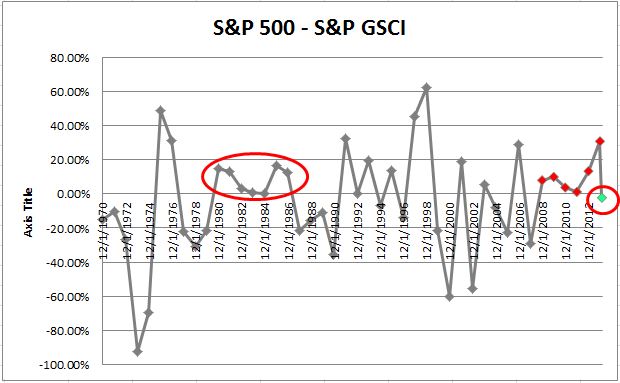The acronym “ETF” was once a reliable term to identify exchange traded funds using passive investment strategies, specifically those tracking transparent, rules based independently calculated indices. “Today, the ETF acronym is being used broadly by the fund industry and media outlets to include non-fund product structures and active management strategies”[1]. Furthermore “active ETFs stand out in 2014 launches”[2]. Thus an “ETF” is no longer a guaranteed wrapper to access the benefits of passive investing. This matters because “once management fees are factored in, the average actively managed fund loses to passive, lower-fee mutual funds and exchange-traded funds that track broad indexes”[3].
Distinguishing active ETFs from passive ETFs is necessary and should be easy. One does not track an index and the other does. However that approach does not work anymore. In the past all index tracking ETFs (including firms who self-indexed) had to disclose the index methodology, holdings and have the index independently calculated. Today an index tracking ETF can be launched devoid of the full transparency fundamental to passive indexing.
“Unlike prior exemptive orders governing the operation of self-indexing ETFs, the Orders do not attempt to address potential conflicts of interest among the ETF, its investment adviser, and the affiliated index provider by requiring, among other things, public disclosure of the underlying index methodology, the use of a third-party index calculation agent, or formal “firewall” procedures. [4] “
Such opaqueness is a feature of active strategies, not passive indexing. Full transparency has been a key input to passive index investing for decades. Without knowing how the index works and what it holds an ETF is not truly passive, it’s something else. Moreover when the underlying index is not calculated independently, the possibility for manipulation is arguably increased. A formulaic approach is therefore needed to identify true passive ETFs and flag active ETFs.
Passive ETF = IT + TI + IC
where:
IT = Index Tracking
TI = Transparent Index
IC = Independently Calculated
Active ETF = NIT
where:
NIT = Not index tracking
Using these formulas it will become clear which investment philosophy is imbedded into an ETF, moreover it culls out the category of index tracking ETFs that are not independently calculated and withhold full disclosure of their methodology.
[1] Rick Ferri, ETF Does Not Mean Index Fund, http://www.rickferri.com/blog/investments/etf-does-not-mean-index-fund/
[2] Cynthia Murphy http://www.etf.com/sections/features/21157-active-etfs-stand-out-in-2014-launches.html
[3] Joe Light, The Myth of a Stock-Picker’s Market, http://online.wsj.com/news/articles/SB10001424052702304856504579338800864733042
[4] Morgan Lewis, Investment Management Lawflash, http://www.morganlewis.com/pubs/IM_LF_SECIssuesNewReliefSelfIndexingETFs_17july13.pdf










